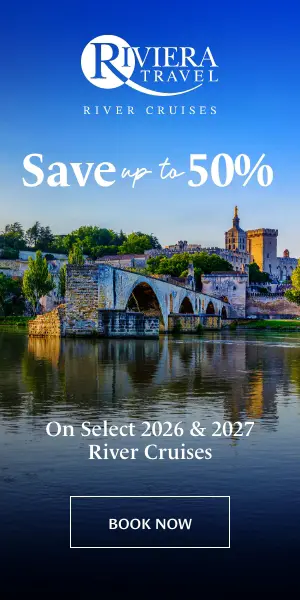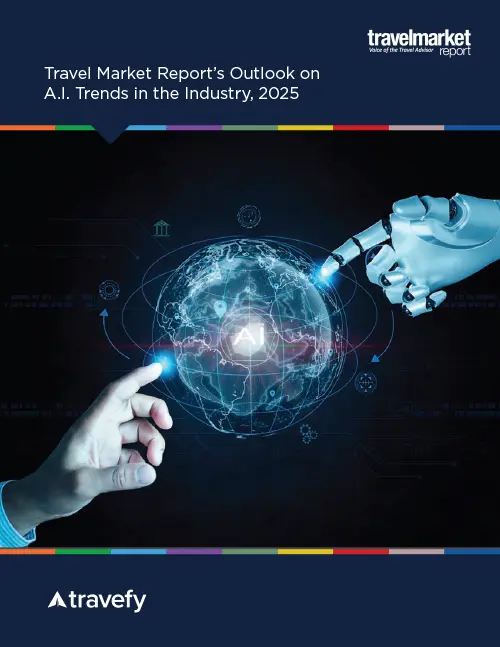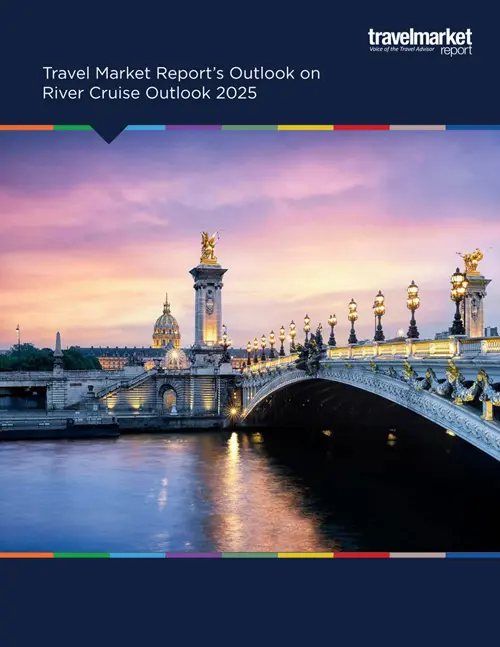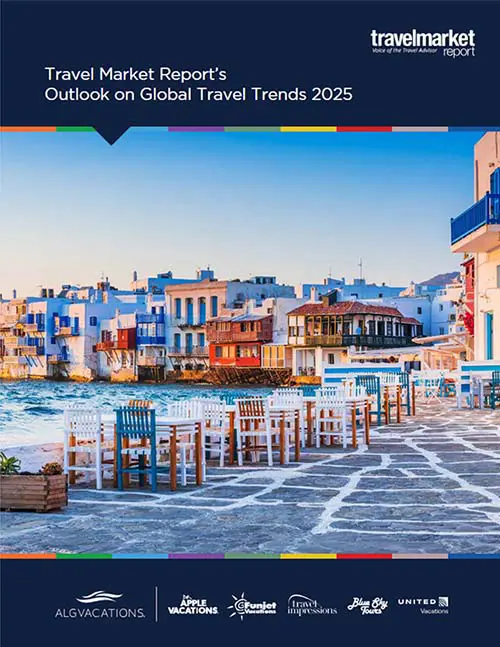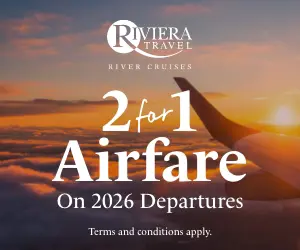In A Year Of Record Growth And Innovation, Cruise Industry Sees More To Come
by Daniel McCarthy
Fort Lauderdale, FL — The cruise industry is “truly in the largest growth and innovation era this industry has seen” and expectations are sky-high for the future, agreed industry executives at the keynote session at the Seatrade Global Conference in Fort Lauderdale this week.
In the 12 months since Cindy D’Aoust was appointed CEO and president of the Cruise Line International Association (CLIA), the demand for cruising has reached record heights—and the next decade will bring 200,000 passenger births, 1 million jobs, and a whopping $117 billion in economic impact worldwide, she said.
Demand for cruising has grown by 62% in the past 10 years, and “there’s no signs of this unprecedented growth slowing down.” The growth will come all over the world, with new ports and destinations being added all the time, but “Asia has the potential to surpass the North American market in 10 years.”
CLIA is working with local leaders in Asia on operational safety and building a tourism community to foster growth in that area, D’Aoust said.
Carnival focuses on brands
Carnival Corp. is fostering its growth through a particular type of innovation. “Without realizing it, our guests became a part of a community, and when they’re gone they can’t wait to come back. That’s the sort of innovation we’re focused on,” said CEO and president Arnold Donald.
With that goal in mind, Carnival is defining each of its brands, so consumers can more easily identify whether they prefer Princess or Carnival.
It’s also focused on delivering “an even greater, even more personalized, elevated guest experience.”
Other initiatives include the company’s new partnerships with Oprah and Ellen Degeneres and its new Ocean Medallion that was launched earlier this year.
“It’s like an iceberg; what you see is a very small part of what exists,” Donald said.
“Travel agents bring us the right guest onboard the right ship on the right brand.”
NCL focuses on destinations
At Norwegian Cruise Line Holdings, meanwhile, there’s nothing more vital than where a cruise ship is sailing, president and CEO Frank Del Rio said. It’s so important that he personally reviews each and every itinerary before it goes on sale.
“Destinations not only sell tickets, they generate the most onboard revenue,” he said.
Designing itineraries is difficult, challenging and rewarding at the same time, Del Rio said. For instance, there are nearly 50 possible ports just on the route between Barcelona and Rome, which means thousands and thousands of itineraries are possible. To choose the right ones, Norwegian relies on factors including consumer demand, geopolitical climate and yield. And they listen to the input of NCL’s most important partners, travel agents.
“Travel agents bring us the right guest onboard the right ship on the right brand,” Del Rio said.
RCCL focuses on the environment
Most moves from Royal Caribbean Cruises are aimed at moving it ahead of its competition in the industry. But when it comes to the environment the whole industry is working together.
“On environment and safety we don’t compete, we work together for the importance of our industry and for the benefit of our industry,” president and CEO Richard Fain said. “It’s nice to have one thing we all can agree on.”
The goal is always to bring a cruise ship’s environmental impact down to zero. While a number of new innovations, including liquefied natural gas and fuel cell power, are helping cruise lines reach that goal, even the smallest thing can cause a problem.
When Royal Caribbean wanted to crush and recycle used wine bottles and then bring them to a recycling facility, it found the bottles fostered bacteria that could be a health hazard if not handled properly. Now it stores the crushed bottles in special freezers, solving the problem.















